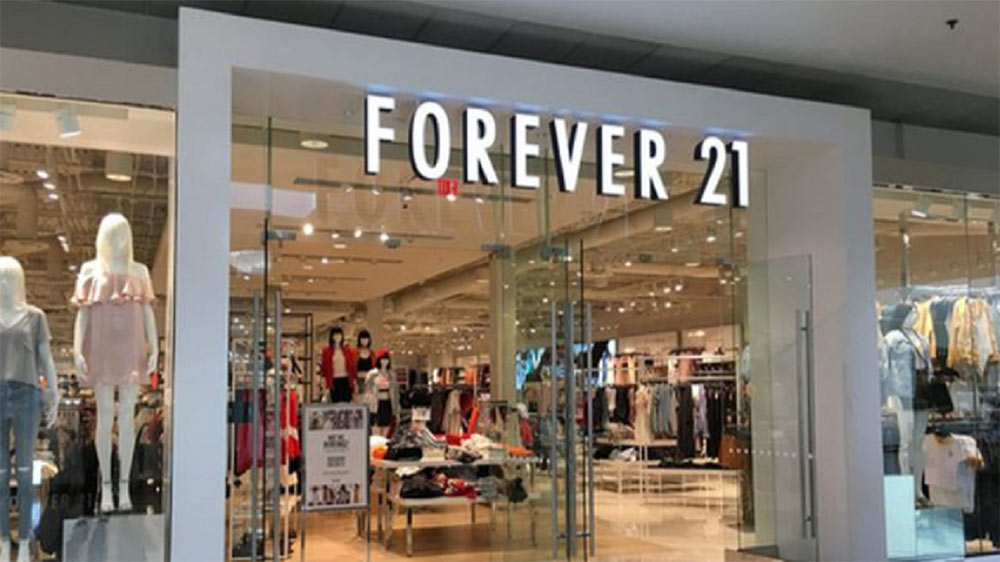Por Guillermo D’Andrea
After many years of financial struggles, COVIS has provoked a real emergency leaving us on the edge of a change of paradigm. Reality is on hold and happens through digital media accelerating the forgotten processes of digital transformation. An unexpected impulse brings the forced inclusion of some unbanked social groups, elders, and those who used to resist themselves, creating a jump to the buying universe. A study from IAE’s CLEMER center by Martín Zemborain, Alfredo Blousson, and Joaquín Muro, affirms pioneers of the digital world see new tendencies accelerating and anticipate mandatory changes for those who want to still compete in the new normal the lockdown has brought.
Guillermo Bracciaforte from Workana, the online-work platform that reunites freelance professionals with companies foresees that for clients with the most resources for online operations, long-term changes are to come, hence the more digitalization, more remote work. In the future, what we do will be more important than where we do it. It will require more equipment and technology adaptation and some personal considerations to enjoy work from home while still being productive.
While lockdown does have a positive impact on people’s health, the economy is resenting and not all companies may survive. Felipe de Stefani, Warner Media Argentina, and Brasil’s general manager state this situation will bring a concentration and reconfiguration of market share. With a drop in sales of 80, even 90% in some areas, De Stefani sustains the formula for a successful business has lost its validity. Yesterday is suddenly, no longer there. With so much uncertainty, with a gold history tying us to the past it’s hard to look forward, but so needed to create a new vision of what’s to come.
It’s mandatory to be very aware of the short term results to ensure survivance, but also of the medium term because the situation is synchronic and global. In the quicker times of quarantine, the medium term is the way of exit and now the time of organization. After the sales drop, online shopping has been a lifeguard with the entire team’s being adapted for a storm with no way of exit in sight. NaranjaX has defied the status quo by digitalizing Tarjeta Naranja’s operation with online payment’s, Bluetooth POS, and payment link’s, tells it’s CEO, Gastón Irigoyen. They’ve also expanded their credits service to financial services including payments enabling a bigger banking use by leaning in credit card’s promotions. Volkswagen on the other hand, announced directly to their clients the launching of their newest SUV, Tarek, and offering discounts for their cars and pickups. Some electronics brands like Sony or Samsung are going directly after their clients. Complete industries are changing their profiles by skipping channels and tripling their call centers, transforming sellers and repositories in phone operators, and trying different options like pyramidal schemes or boosting their clients to sell online to get rewards and commissions like it’s the case for Magazine Luiza in Brasil.
That’s how channels grow and evolute. With limitations for movie theater dates or food courts, shopping malls are aiming for a “click and collect” style of traffic, something like fast-food’s drive-thru mode by using store inventories. This way multiple contact points with the client are met, not only as a sales point but also for communication that can be more direct and personalized and through different social media and channels. As for Samsung’s Mobile Sr Director, Bruno Drobeta, this way, with a tendency for service, digital media are becoming more humanized, and this shows a positive difference with chat-bots.
As for Moody’s, a rating agency, the impact will be stronger or softer depending on the industry, but excepting online services such as e-commerce or companies like Amazo, Google, or Facebook, everybody will feel the blow. Textiles, retailers, cars, appliances, and airlines are the ones with the most at stake. Oil and gas, steelwork, construction, media, chemicals, packed beverages, and agriculture will see a medium impact while arming, waste management, farmaceutical, fresh groceries, and their retailers won’t see any real impact.
In any case, some settled practices should be monitored, like inventorying for a possible shortage of products. It’s not convenient to ask for too much from providers because it could become poor management of inventory points Nur Malek Pascha, founder of EnvíoPack, and expert in logistics and e-commerce. The next months will be all about getting on track with a plain and severely beaten market, collaboration between every part of the supply chain will be more helpful than some selfish efforts.
When the quarantine will be over, some will be tempted to go back to business as usual. However, the consequences from the pandemic forsee longlasting effects that will force us to deepen the course of changes and adaptations to compete in the new normal. For traditional companies who work with organic development processes and with high goals, innovation tends to be the last priority in day to day operations. This explains why they respond slower to changes in contrast to digital dynamics, used to the faster process of trial and error. With new moderated goals, going from less to more while they learn to use new digital support tools and rethink their resources. Rappi comes in hand for supermarkets and grocery stores, helping them to accelerate their delivery times from days to just hours. The competition for supermarket aisle has moved to mobile apps.
Experience shows the capacity teams have to evolve, and how valuable are trained resources who know the business for companies. Thanks to remote work, on-line training allows the company to compete in a scene that has been abruptly forced to adapt to digital tools.
It’ll be needed a serious answer, to support and to lead the way for the team and the supply chain. Manufacturers and retailers would have to collaborate to align their operations to depressed demand, transformed by consequences from the pandemic. The everyday business will take up to two years to go back to normal, and by that time, consumer’s habits will already be used to the changes made. Social distance has also made shopping a longer experience, with a queue outside shops. Shifts to avoid agglomerations in public transportation will complicate the pace of life making a priority to simplify shopping experiences. A true test for any company’s capacity to adapt, Fernando “Bana” Benegas, Secretary of Innovation and Digital Transformation for the Buenos Aires city Government adds, teams should be interdisciplinary and flexible. Goodbye functionality, welcome collaboration, and coordination from digital times. Dare to unlearn and bet boldly in renewing business within changing paradigms. Is in uncertainty when the future is written.
Guillermo D’Andrea runs the Center for leadership in Markets and Retailing at IAE Business School.


